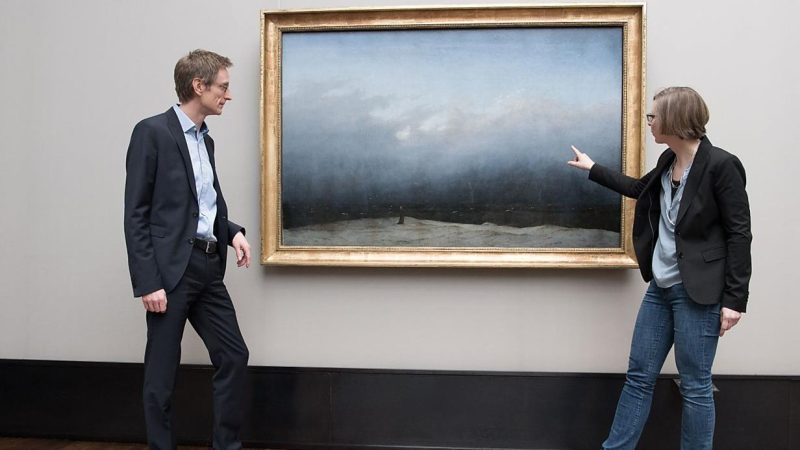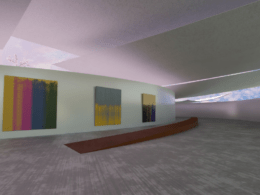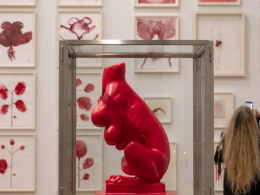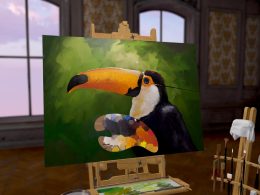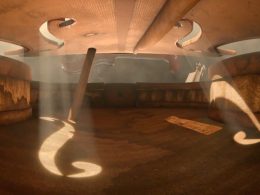Museums are increasingly opening up their treasures to a virtual world. This often gives visitors completely new insights. Now, with Caspar David Friedrich's "Monk by the Sea", an icon of Romanticism is revealing its secrets in Berlin.
There he stands, on the empty sandy beach, hardly more than a metre away, the "monk by the sea". He seems introverted, very withdrawn. And lonely. The figure was created by Caspar David Friedrich (1774-1840). As a painter, he was the most important German Romantic. His "Monk by the Sea" is considered an icon of the epoch: a symbol of radical solitude and the most intimate search for nature.
With a virtual version, the Alte Nationalgalerie allows its visitors in Berlin not only to meet the enigmatic monk during the exhibition "Mit dem Mönch am Meer - Caspar David Friedrich in Virtual Reality" until 30 June.
Hidden sketches become visible
The computer-assisted journey into the world of images also allows views that are usually reserved for restorers: The high-tech glasses allow Friedrich's otherwise hidden sketches to appear beneath the familiar picture.
In Berlin, museum director Gleis and his curator Yvette Deseyve teamed up with virtual reality (VR) experts from High Road Stories and the Fraunhofer Heinrich Hertz Institute. The result of a year and a half's work: "You can step into the pictorial space and thus meet the monk by the sea."
In the painting, the little monk has turned slightly away from the viewers. Here, behind the mask of the virtual version, the enigmatic figure can be discovered shadowy but life-size. Even a pale face stands out. A seagull, also borrowed from Friedrich's painting, serves as a cursor and follows the viewer's gaze over beach and sea. In addition to a sound collage, passages from letters by Caspar David Friedrich can be heard, which reflect the artist's view of his work and the working process.
Ships can suddenly be discovered on the water. The sketches incorporated into the VR version come from an earlier version of Friedrich's "Monk by the Sea". They were discovered during the elaborate restoration of the painting a few years ago.
Now the seagull cursor draws brush strokes behind it. Above the early version, the ship sketches thus disappear with each sweep. The version known today takes shape.
The journey, which four visitors at a time can undertake in parallel, ends after just under six minutes.
Source: Volksblatt





